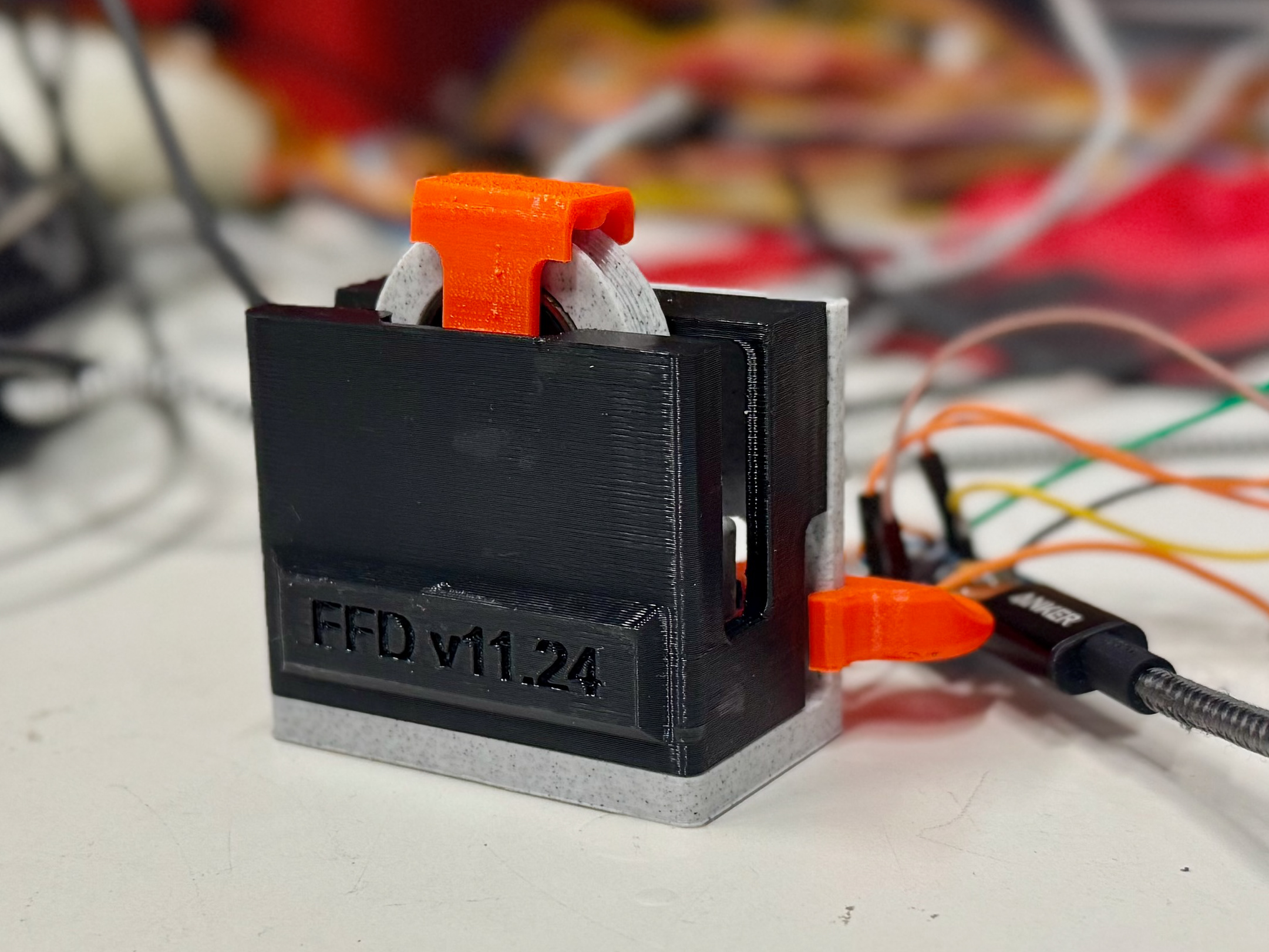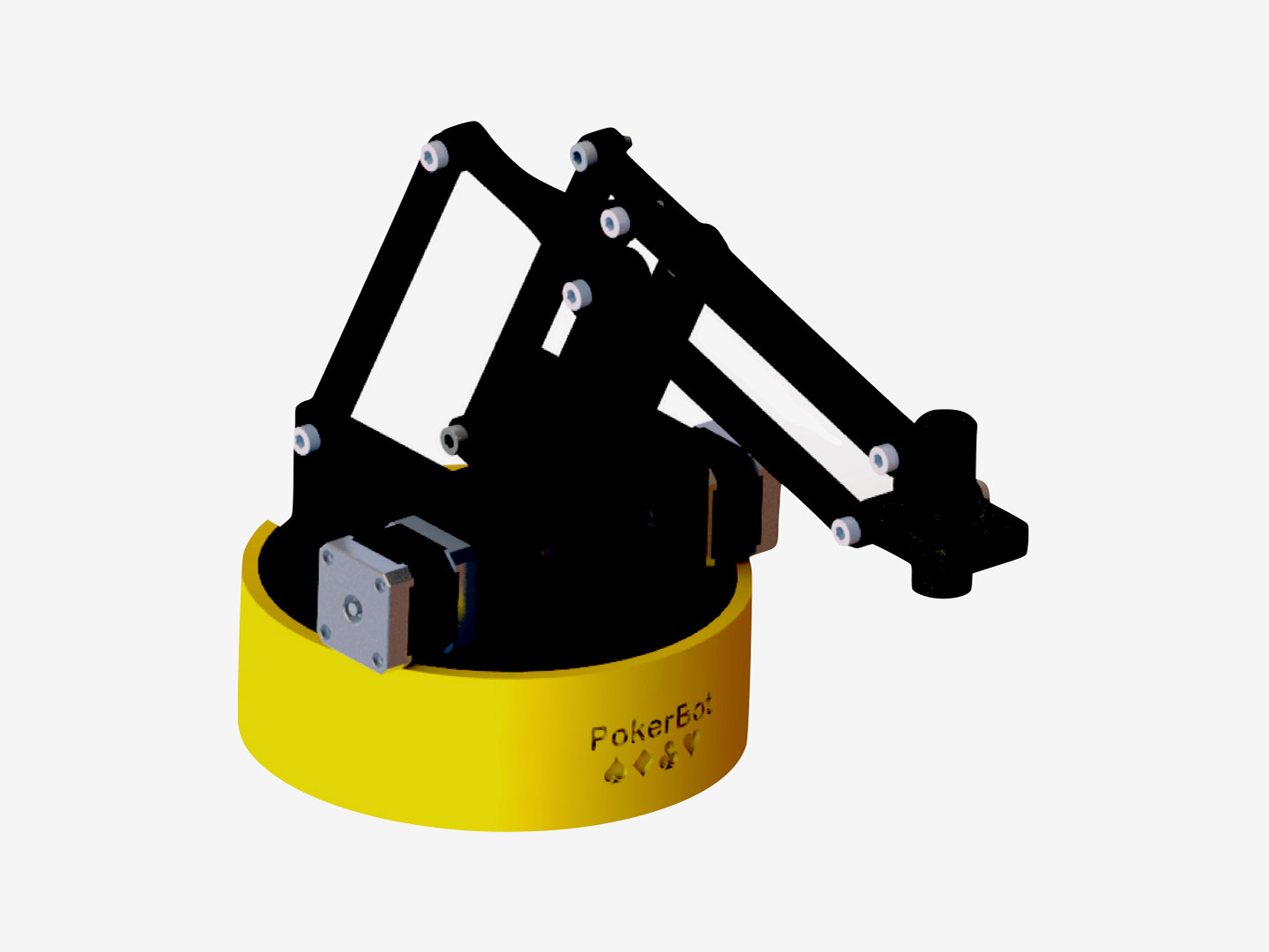BREW is a wearable haptic feedback device which may help surgical trainees to significantly improve their speed and accuracy in robotic surgery training.
I developed BREW (Bilateral Real-time Exteroception Wearable) to study the role of multimodality haptic feedback in robotic surgery training. In this context, I am evaluating if BREW can catalyze development of visual-haptic acuity, or the ability to connect what you see with what you feel. I am also investigating how multimodality haptic feedback compares to single-modality approaches, one of which I previously demonstrated to significantly improve task accuracy and speed.
As a wearable haptic feedback device, based on initial work by Stanley and Kuchenbecker and further developed by Brown et al., BREW further augments the richness of haptic information available to the user by incorporating vibrotactile feedback in addition to wrist-squeezing feedback. The design of the flexible wristband is inspired by Tasbi, a similar device for augmented and virtual reality applications.
In our study, BREW allows trainees to feel the surgical tool forces and vibrations that they apply on a surgical training task, such as suturing. Vibration, rendered by a Tactile Labs HapCoil-One voice-coil actuator, relays useful information about slip, texture, and contact transients not deliverable via wrist-squeezing alone. Wrist-squeezing, rendered by a servomotor (JX Servo PDI-6208MG) spooling a tendon, relays forces applied by the surgical tools on the environment. These signals come from our sensing and data collection platform known as MOCHA.



